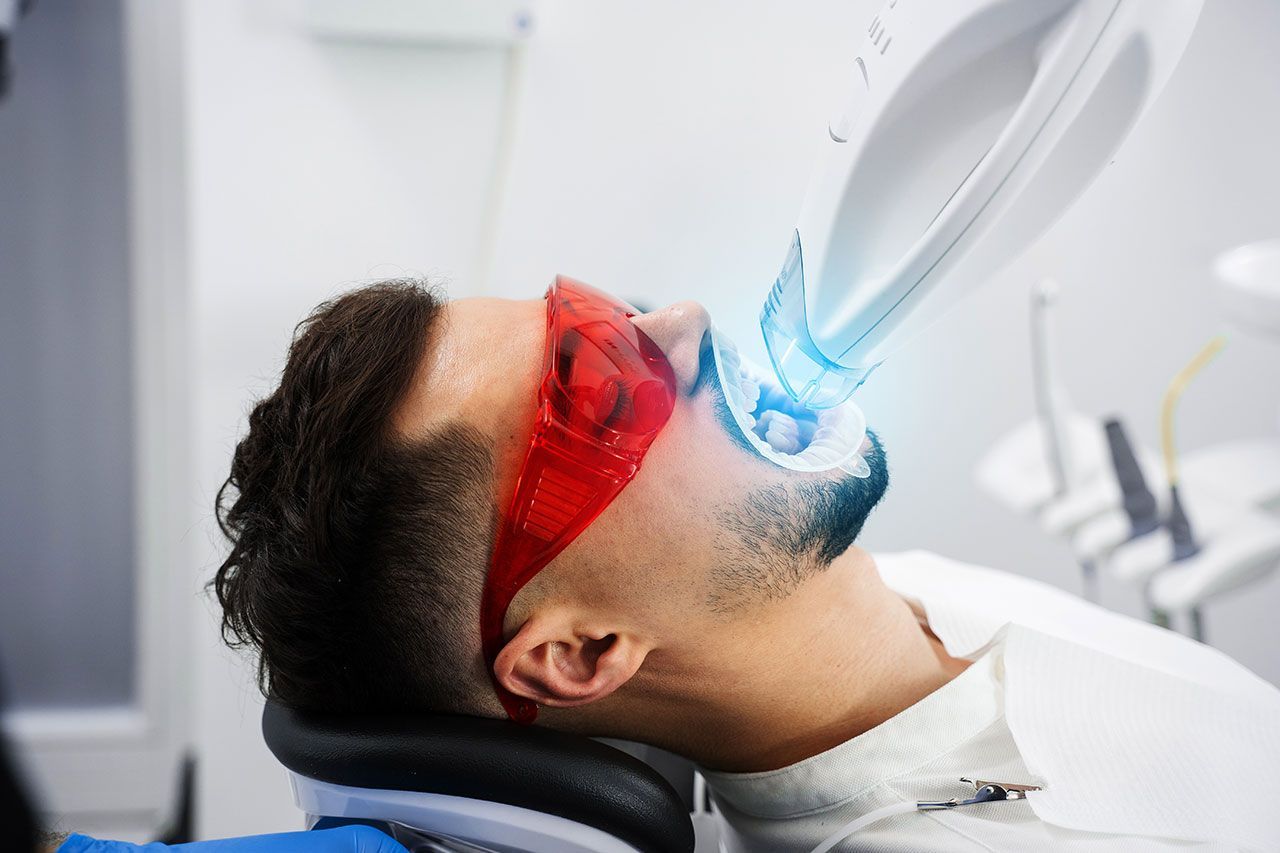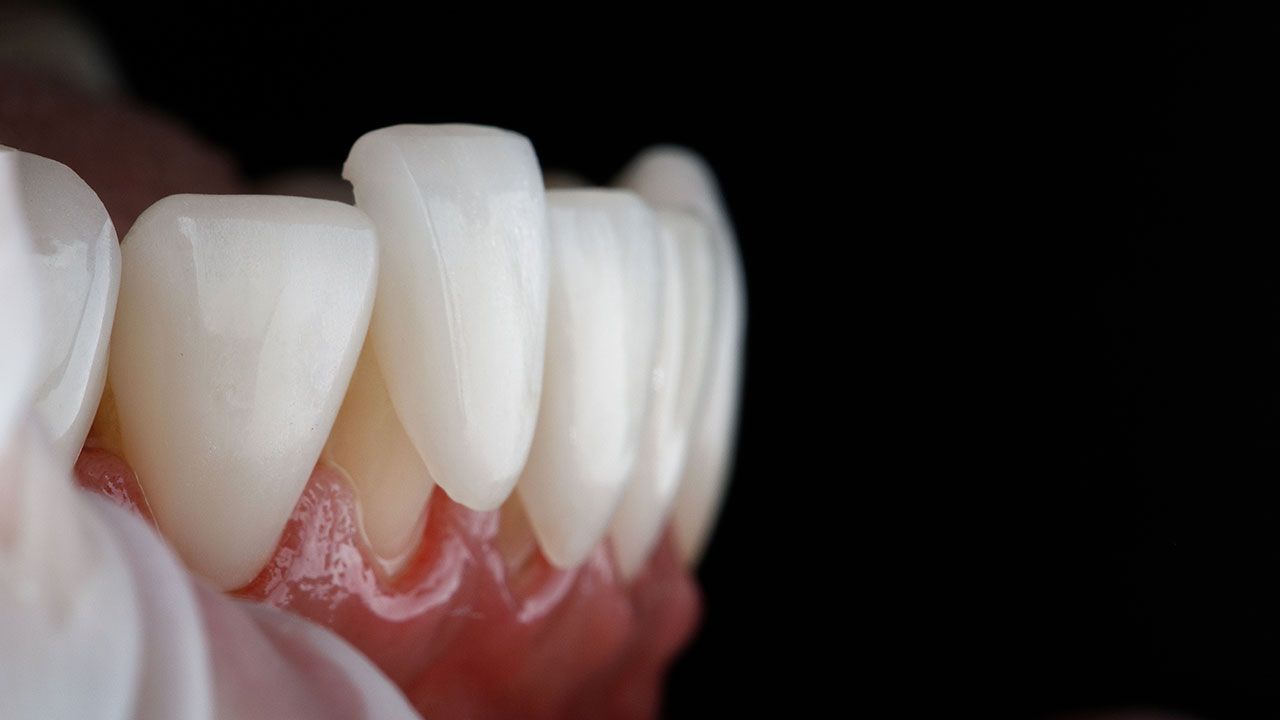Our Blog: For The Latest Dental Information in Riverview

Need a tooth removed and feeling nervous about recovery? Understanding the timeline—from day one to full healing—helps you stay comfortable and sets you up for the best long-term result, especially if you’re considering implants later. When Is an Extraction Recommended? We recommend removal when a tooth is too damaged to repair predictably—think severe fractures, advanced decay under old restorations, or failed root canals. Wisdom teeth may be extracted to relieve pain, prevent infection, or protect neighboring teeth. If you plan to replace a tooth with an implant, a socket preservation bone graft is often placed at the same visit to maintain bone volume for future stability. Learn more on our Extractions & Bone Grafts page. Your Healing Timeline First 24 hours: A clot forms—your body’s natural “bandage.” Bite gently on gauze for 30–45 minutes, avoid spitting or using straws, and skip smoking or vaping to protect the clot. Some oozing and swelling are normal. Days 2–3: Swelling typically peaks, then subsides. Use a cold compress in short intervals and take prescribed or over-the-counter pain relievers as directed. Soft foods (yogurt, eggs, smoothies, mashed potatoes) are your friends. Days 4–7: Tenderness fades. You can gently rinse with warm saltwater to keep the area clean, but continue to avoid vigorous swishing over the site. Weeks 2–4: Gum tissue closes over the socket. If you received a bone graft, you might notice granules—this can be normal as the graft integrates. Weeks 8–12: Bone matures. If an implant is planned, we’ll evaluate timing based on your healing and site stability. Comfort Tips That Really Help Head elevation the first night reduces throbbing. Cold then warm: Cold compresses in the first 48 hours; after that, warm compresses can improve circulation. Nutrition matters: Protein, hydration, and vitamin-rich foods support healing. Clean carefully: Brush other areas normally; for the extraction site, we’ll show you how to keep it fresh without disturbing the clot. Call if concerned: Persistent bleeding, increasing pain after day three, foul taste, or fever warrant a call. Bone Grafts 101 A socket preservation graft maintains ridge shape after extraction. It’s placed into the socket and covered with a membrane or sutures. This scaffolding encourages your body to replace the graft material with your own bone over several months, creating a stable foundation for future Dental Implants . Replacing the Tooth: Your Next Chapter If the removed tooth is visible when you smile, we’ll talk about temporary options while you heal. Long-term choices include single implants , implant-supported bridges , or traditional bridges anchored to neighboring teeth. Each has pros and cons relating to cost, timeline, hygiene, and preservation of adjacent tooth structure. Lifestyle and Work Considerations Most patients return to work or school the next day for simple extractions. Plan a little extra downtime for surgical or multiple extractions. Avoid strenuous workouts for 48–72 hours to reduce bleeding and swelling. Helpful Internal Links Read about Dental Implants and how we plan timing after grafting. If multiple teeth are missing, compare Dentures & Partials . Keep everything on track with routine Family Dentistry visits. We’re here to make recovery smooth. Call (813) 252-2273 to Schedule a Consultation at The Dental Boutique Riverview and get a personalized plan for extraction, grafting, and long-term tooth replacement.








